Hi Annie and Monty
Annie a big thank you for the photo’s you sent me.
Article for the website.
August 15th 2013 is a day I will always remember. I received an email from Annie Parker,
ref an email she had received through the website from Elizabeth Rassmussen who
lives with her husband Paul in the United States.
Elizabeth’s sister & brother had visited Tredegar House & had seen the photo of John Evans the chauffeur (my grandfather) on the wall.
Her sister mentioned to Elizabeth about this & Elizabeth sent the email to the website.
After a couple of days Annie passed on Elizabeth’s email address to me. I was then able to send an email with the family history which goes back three generations of working at Tredegar House.
Elizabeth & I have been in contact ever since
Elizabeth’s connection to the Evans family is through John Evans’ older sister; Lucy who married William Henry Lyons in Newport. They had three children – Elizabeth’s father Hayden Desire Lyons plus two Daughters. Hayden then married & moved to Birmingham. He was an oboe player in the Birmingham Symphony Orchestra…
I happened to mention to Elizabeth about a talk at Tredegar House about the servants in the 1900,s by Monty Dart which was on June 11th. I was overjoyed when Elizabeth & Paul said they would be coming over to visit family & friends & would be visiting Newport for two days and could
to come to the talk & also to meet up for the first time. I travelled up from Christchurch in Dorset &
met up with them at her brothers in Bristol. They then travelled with me to Newport.
In the evening we went to a wonderful talk by Monty who used some of my photos.
Elizabeth’s brother & sister from Bristol also came over, also my brother from Newport.
The next day I took Elizabeth & Paul to see the house that the Evans family had lived in for over 120 years.
Elizabeth was taking a photo of the house when the owner walked up to us.we explained about house and the connection to us.
We then were invited inside what is now one large house. It used to be four cottages.
To sit in what would have been Nan & Pops lounge for the first time in 40 years for me &
Elizabeth it was so wonderful.
In the afternoon we were invited by Monty & Annie to go around Tredegar House & the
gardens, we were overjoyed. We then went back to my brother & sister in laws for the evening. What a wonderful 2 days.
Martyn Evans
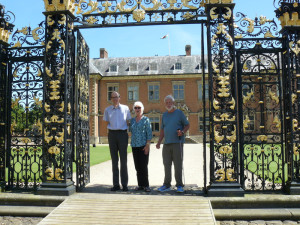
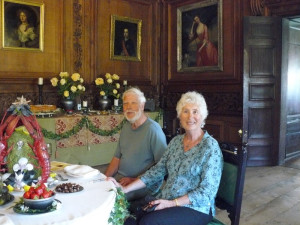
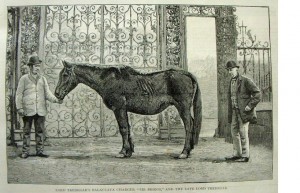
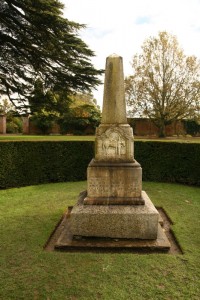
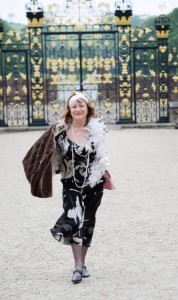
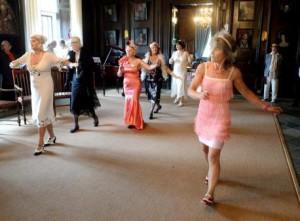
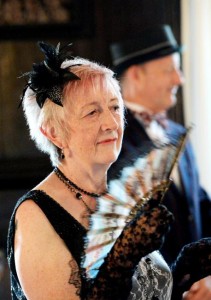
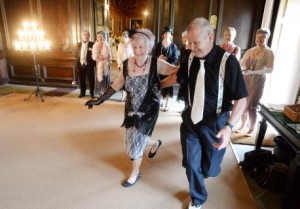
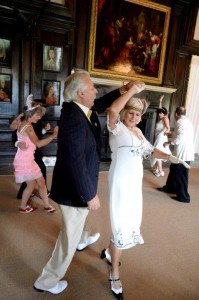
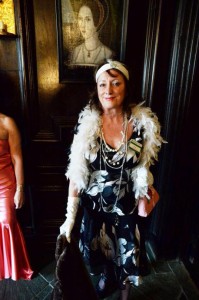
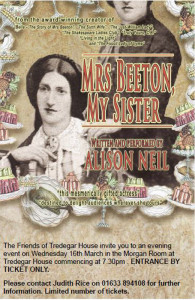
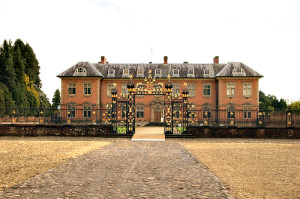


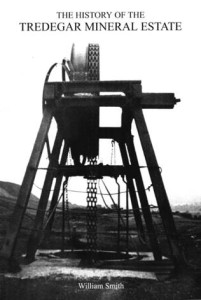
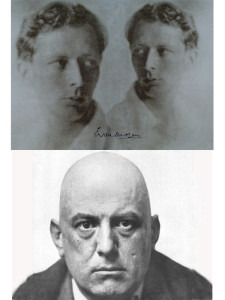
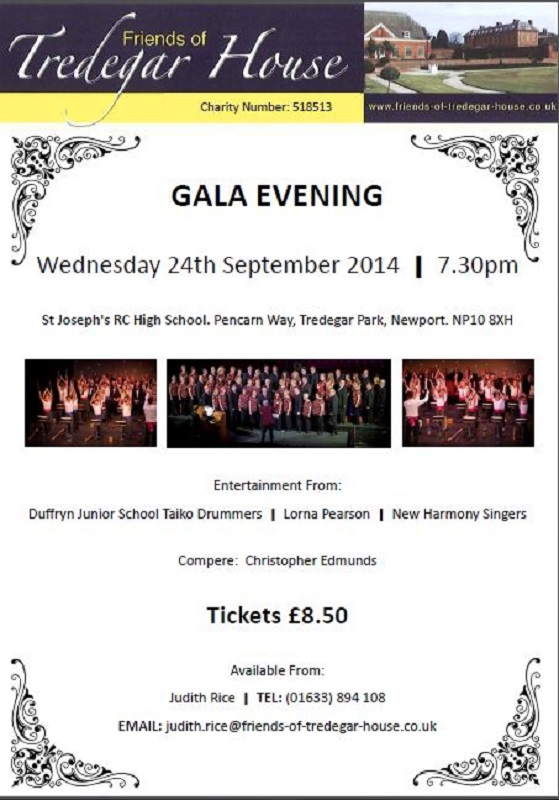
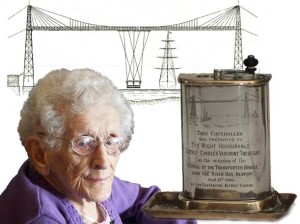
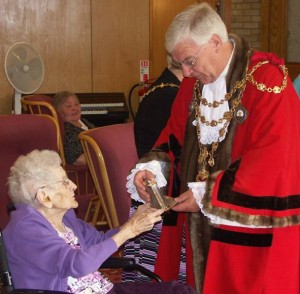
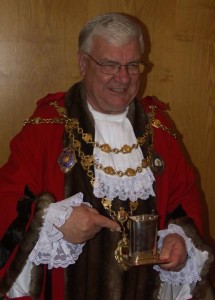
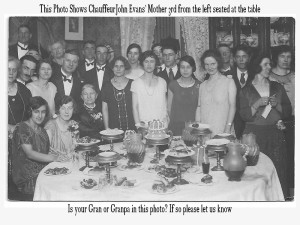
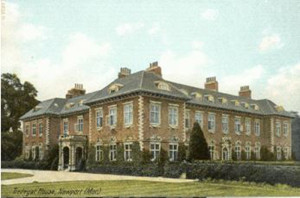





 Users Today : 51
Users Today : 51 Users Yesterday : 54
Users Yesterday : 54 Total Users : 88183
Total Users : 88183 Views Today : 358
Views Today : 358 Total views : 597481
Total views : 597481 Who's Online : 1
Who's Online : 1